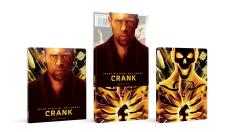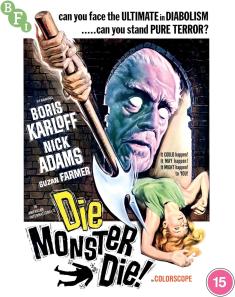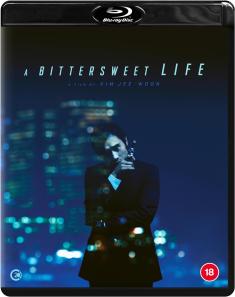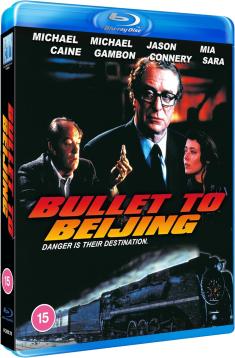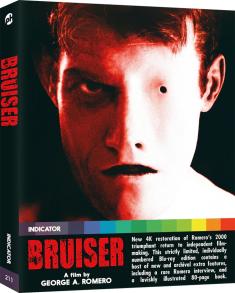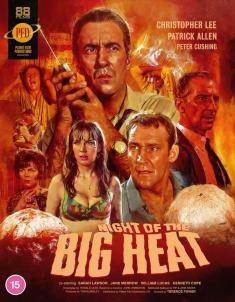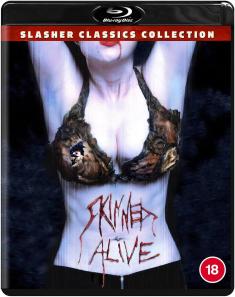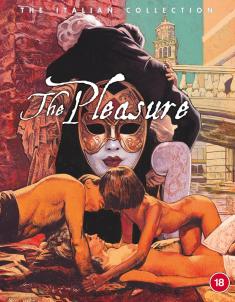The Legend of Zelda: A Link Between Worlds
Overview -
After the launch of Wii U, Nintendo announced a series of moves that recognized the perceived lack of an impending new 'The Legend of Zelda.' Along with a special 'LoZ' area of the Miiverse, Nintendo announced 'The Legend of Zelda: The Wind Waker HD,' a new but far off and unnamed Wii U 'The Legend of Zelda,' and finally, a return to the lone Super Nintendo installment, 'The Legend of Zelda: A Link to the Past.' Released the same day as the Xbox One and 'Super Mario World 3D,' 'The Legend of Zelda: A Link Between Worlds' for the 3DS family of systems may the most anticipated handheld game in the past half dozen years.
Video Review
Before the greens of Hyrule, before the dark of a dungeon, the first thing you'll see is the unbelievably crisp visuals in 'A Link Between Worlds.' Somehow, despite displaying two simultaneous shots for 3D effect, Nintendo got this game running at something looking like 60 frames per second. The actual visual style might not be something to remember, but even above 'Skyward Sword,' this is a benchmark in visual fidelity for the series. This clarity in 3D is truly something to behold, and as usual, Nintendo continues to prove that 3D can amplify the experience. The top-down world sinks into the screen with rewarding depth, as the dungeons and overworld alike are designed for the distinct purpose of drawing your eyes constantly up and down. It's up there with 'Luigi's Mansion: Dark Moon,' 'Mario Kart 7' and 'Star Fox 64 3D' as proof-of-concept.
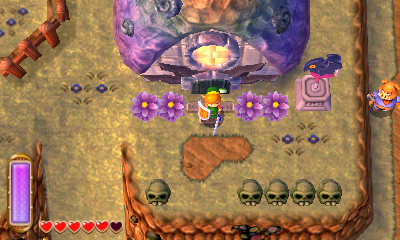 |
Audio Review
It's a testament to the music that you always know which world you're in, Hyrule or Lorule, not necessarily through the visuals, but in what you're hearing. The light, jumpy and more classic tones of Hyrule are greatly contrasted with the more treacherous and daring tones underlining your Lorule travels. Multiply that by five depending on whichever dungeon you might be in. The dark hallways begging illumination of your lantern sing with desperate need, just as a deep volcanic cavern echoes in tune the treachery afoot. More so than in past games in the series, the music holds up the atmosphere with much greater success than the visual styling.
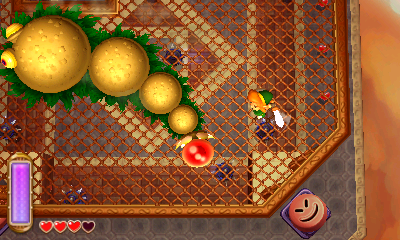 |
Surprisingly, despite all its whimsy, 'A Link Between World's' final evaluation becomes mostly academic. There are ones and zeroes to consider here, and my emotions on the subject should really take a back seat. This is the most personalized game in the franchise to date, and yet the story is among the most sterile. The dungeons are phenomenal, but the overworld is drab, if intelligently designed and easy to, within it, lose yourself in exploration.
The positive changes, the upgrades, are of a clinical nature, mechanical and calculated, yet resulting in a renewed sense of exploration, a 'Legend of Your Own.' But, flipping back again, what makes most games in the franchise great that's lacking here, and the reason I had trouble feeling excited over the course of my playthrough, is an exuding theme, of greatness and purpose to the lore, of love, really. 'Skyward Sword' and 'Wind Waker' were absolute greats because they had this, and their worldly designs reflected that passion. 'A Link Between Worlds' shines only for its ones and zeroes, and not for the intangible undercurrent of love pulsing through the franchise.
Here's hoping that the next title on Wii U takes in those upgrades from 'A Link Between Worlds,' but also keeps in with the tradition of immersion through wonder and fancy. Because that's where the rupees are at.
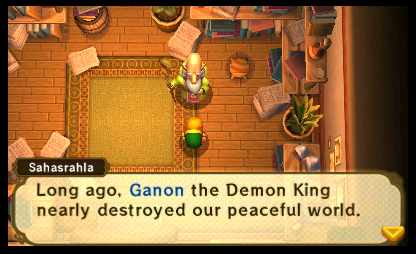 |
Click here to view comments on this review

